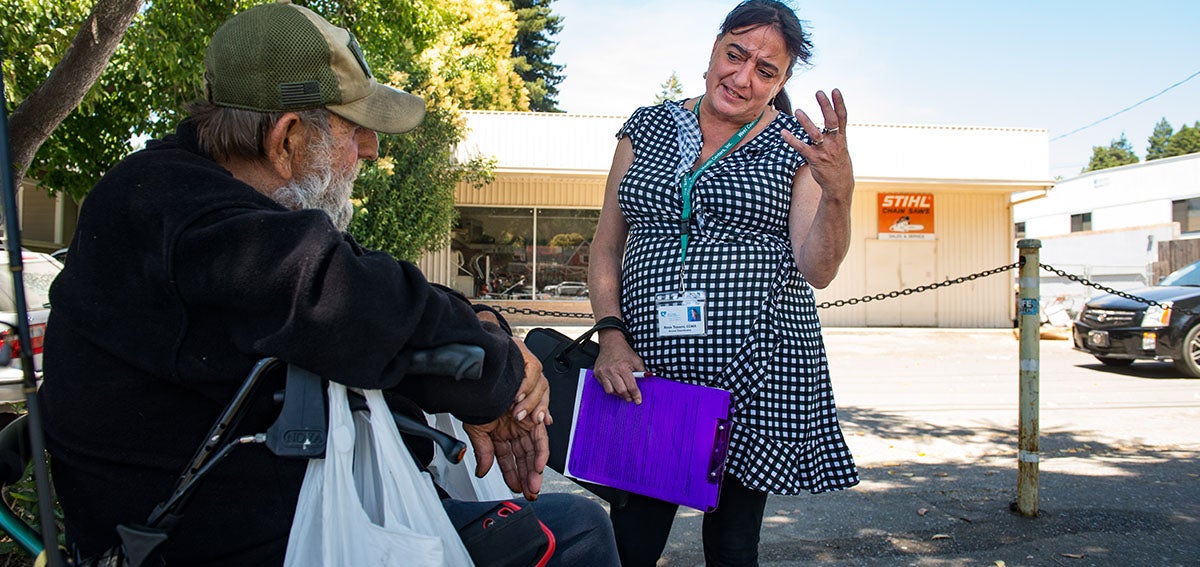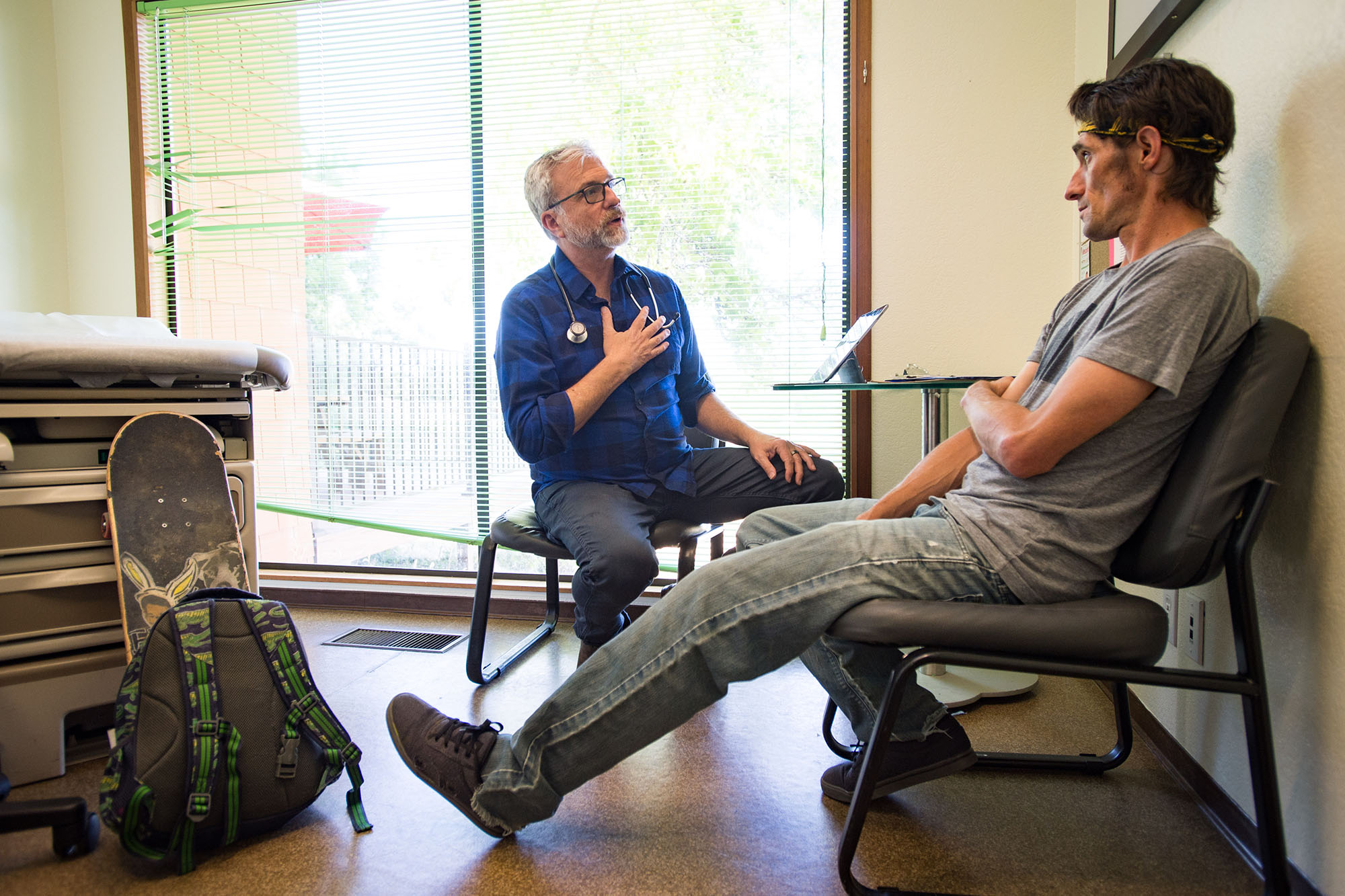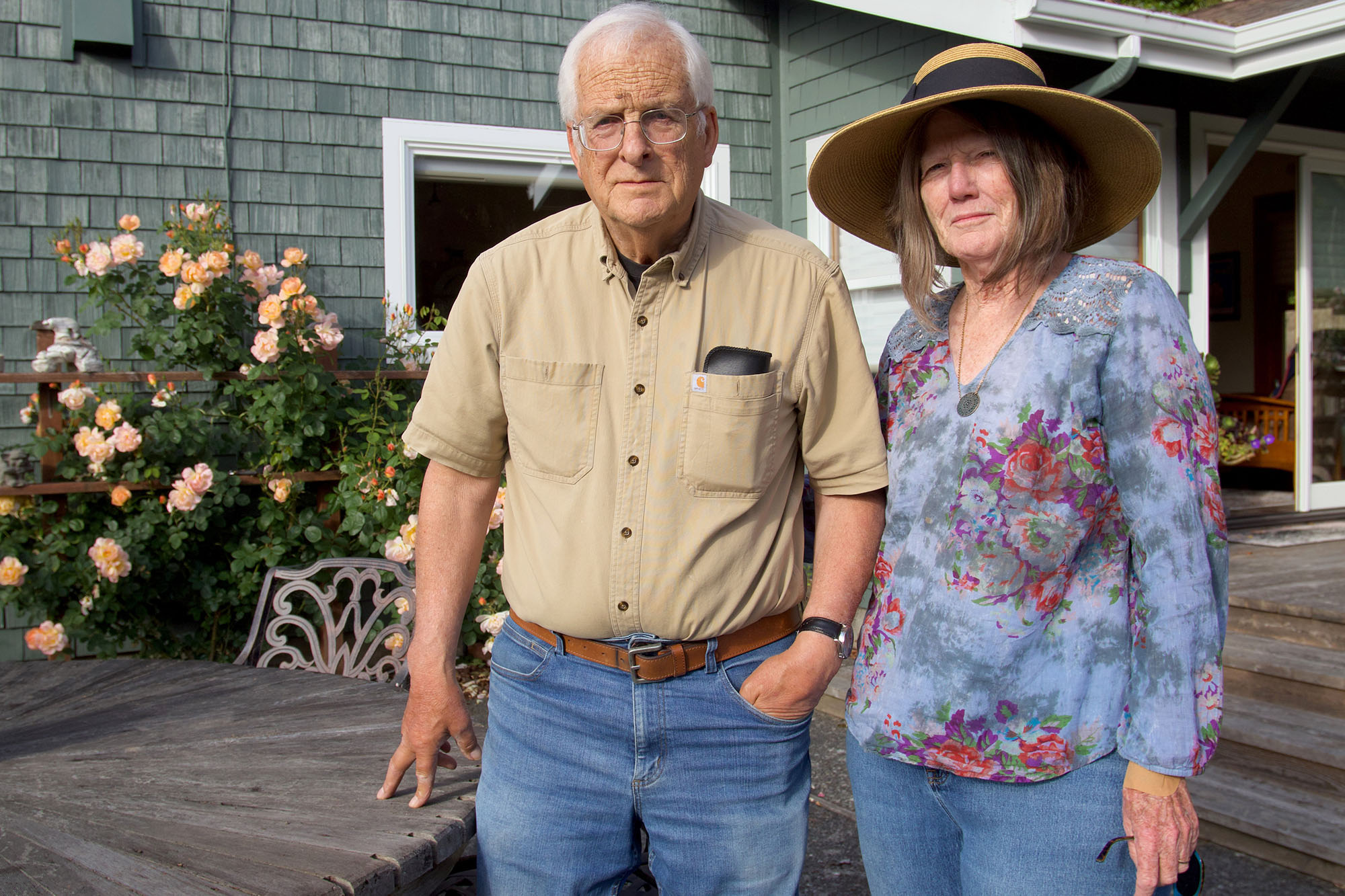
This article was originally published on February 13, 2020, by the Center for Health Care Strategies blog and is reprinted with permission.
Community health workers and promotores (CHW/Ps) have been part of the health care landscape in the United States for decades. Payers and providers increasingly recognize their essential role in supporting patients with complex medical and social needs. With support from the California Health Care Foundation, the Center for Health Care Strategies (CHCS) is examining the critical value that CHW/Ps bring to the health care system and identifying new opportunities for using and financing this workforce in California and across the nation.
Especially in California, there are key opportunities to advance the use of CHW/Ps under CalAIM: California Advancing and Innovating Medi-Cal, the state’s five-year blueprint for its Medicaid program. Similarly, in other states, CHW/Ps are filling a key gap on care management teams to address the day-to-day needs of patients.
A Flexible and Valuable Workforce to Meet a Multitude of Patient Needs
The roles that CHW/Ps fill vary widely, including helping patients navigate the complicated health care system, connecting them to resources to address their social needs, and accompanying them to visits with medical providers. Whatever role they play, the work of CHW/Ps is characterized by a deep connection to their community and the lived experience that they share with their patients. They can draw on their knowledge of available resources and the social networks that define their communities, bridging geographic and cultural gaps between the health care system and patients. CHW/Ps’ shared life experience can provide an essential human connection between health care providers and the patients they serve.
This flexible workforce can be employed by a variety of entities, including health care providers, payers, community-based organizations, and state agencies. For example, the Behavioral Health Integration Complex Care Initiative, a community-based care management program at Inland Empire Health Plan in southern California, employs CHW/Ps to connect members in the community to the care teams at the managed care plan. CareOregon in Portland supports its provider network by funding individuals who operate in a CHW/P capacity to contribute additional care coordination services. The plan has started contracting with local community-based organizations to fund CHW/Ps. Similarly, the Los Angeles County Department of Health Services employs CHW/Ps to serve targeted populations.
Throughout the years, a variety of studies have established the intrinsic value of CHW/Ps. Several randomized trials of the Penn Center for Community Health Workers’ IMPaCT model, which employs CHW/Ps for high-risk patients, demonstrated improvements in chronic disease control and mental health status contributing to a two to one return on investments made by payers. The University of New Mexico Health Sciences Center and Molina Healthcare of New Mexico worked with a nonprofit consortium of health care organizations to employ CHW/Ps to engage with high-cost beneficiaries, and an evaluation (PDF) showed reduced emergency department and inpatient utilization, and substantial cost savings. Analyses of numerous other studies in the United States and internationally demonstrate that employing CHW/Ps offers the potential to reduce care utilization and realize cost savings.
Lessons for Supporting a CHW/P Workforce
As states and other organizations turn toward CHW/Ps to help improve the individuals’ health, a few key lessons have emerged on how to support this workforce:
- Identify sustainable funding. Despite the track record of CHW/Ps, finding sustainable funding for this workforce can be a challenge. CHW/P services can be funded directly through Medicaid, as in Minnesota, or through Medicaid managed care contracts or waivers. Many CHW/P programs are also grant-funded, which, while not necessarily sustainable, can help establish an evidence base regarding the value of the workforce.
- Leverage existing programs. CHW/Ps are employed by a wide range of organizations in varied settings. Policymakers, health care systems, and payers looking to employ CHW/Ps should seek to identify existing CHW/P programs in their communities and look for opportunities to partner with them rather than build new programs.
- Provide CHW/Ps a career path. While the educational and professional backgrounds of CHW/Ps may look different from more traditional health care workers, their jobs require both important skills and expertise. Organizations can support the development of CHW/Ps by creating career trajectories for them. This helps retain these valuable care team members and prevents them from being “promoted out” of their roles.
- Manage workloads. The appropriate caseload for CHW/Ps varies depending on practice type and patient characteristics, and some organizations have developed approaches to ensure that CHW/Ps have ample time to support their patients and not experience burnout. AccessHealth Spartanburg, a nonprofit organization in South Carolina, uses a tool based on clients’ acuity to assign from 50 to 60 clients to each of their CHWs. In Richmond, Virginia, VCU Health employs CHW/Ps in a high-touch model that involves caseloads only up to 25.
Supporting CHW/Ps in California and Beyond
In California, CHW/Ps have been part of larger reforms taking place within the state, including Medicaid health homes to benefit individuals with chronic conditions; Whole Person Care Pilots for counties and municipalities to better coordinate medical, behavioral health, and social services; and other innovations from providers and payers. One of CalAIM’s goals is to develop the next generation of health care reform in the state, informed by lessons from past initiatives about what has been most effective in improving the lives of Medi-Cal beneficiaries. CHW/Ps could play a critical role as the state considers the workforce necessary to enact its vision for CalAIM, particularly as it relates to the Enhanced Care Management benefits.
Nationwide, a wide range of efforts are underway to identify strategies for supporting those with complex health and social needs, and CHW/Ps are increasingly being recognized as contributors to complex care efforts. To maximize and amplify their impact, important work needs to be done. In the coming months, CHCS will draft a brief exploring how best to support and scale this workforce. We hope that our ongoing work in this space will provide actionable information to promote engagement with CHW/Ps for stakeholders’ efforts in California and beyond.
Authors & Contributors

Jim Lloyd
Jim Lloyd, JD, MPP, is a program officer at the Center for Health Care Strategies (CHCS). He supports CHCS’s initiatives to improve care for populations with complex medical and social needs. He works with payers, providers, and state officials to develop delivery system reforms that support the non-traditional health care workforce and integrate them into models of care. He has also provided technical assistance to advance payment and delivery system reforms, including the Center for Medicare & Medicaid Innovation’s State Innovation Model and Innovation Accelerator Programs as well as the development of state-based Medicaid accountable care organizations.
Lloyd was a research associate at Rutgers University’s Education and Employment Research Center and worked with the Camden (NJ) Coalition of Healthcare Providers. He received a master’s degree in public policy with a concentration in health care policy from the Edward J. Bloustein School of Planning and Public Policy at Rutgers University, and a JD from Fordham University School of Law.

Jessica Brandi Lifland
Jessica Brandi Lifland is a freelance photographer, instructor of journalism at City College of San Francisco, and mother. Her work with publications and nonprofits such as Operation Smile, Tostan, and the California Health Care Foundation has taken her all over the world, including West Africa, the Middle East, Kosovo, Burma, Haiti, and South America.
For two decades she has been photographing the National Cowboy Poetry Gathering and has been working on a long-term project documenting the lives of the cowboy poets of the American West in affiliation with the Western Folklife Center. She plans to make her project into a book.





